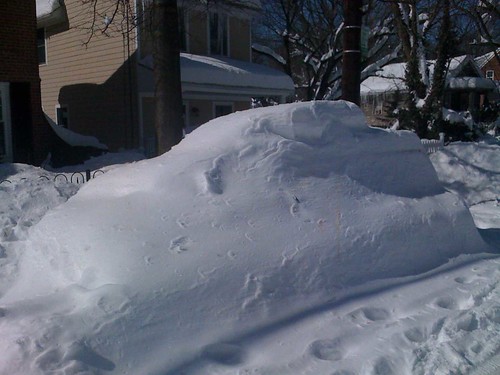This post is part of the Science Tuesday feature series on the USDA blog. Check back each week as we showcase stories and news from USDA’s rich science and research portfolio.
People often get confused when observed weather patterns run contrary to climate projections. For instance, those living in the Mid-Atlantic States hear from experts that the region has now moved into a dry savanna-like climate zone, but yet two winters ago over 40 inches of snow fell in a single month. But weather is highly variable regardless of the state of the climate. Individual weather events like this one are different than "climate," which refers to long-term trends over decades. And further, climate change could produce more extremes at both ends of the weather spectrum even while a region shifts into a seemingly contrary climate state.
In an attempt to make science and technical concepts of projecting climate change clearer to the public, the U.S. Forest Service has published a report simplifying complex information and resources.
The Report, Climate Projections FAQ, is the first effort by a land management agency to assess climate projections and establishes a shared understanding about the use of climate projections for land managers and agency partner organizations.
“Getting everyone on the same page about what climate scenarios are, and how and where it is appropriate to incorporate them into decision-making is a big step forward,” said Dave Cleaves, Climate Change Advisor for the U.S. Forest Service. “For many land managers, there has been considerable confusion about how to interpret and use climate scenarios. This report helps open a meaningful dialogue.”

Effectively responding to climate change requires using the best available science to anticipate changes and impacts to land management. Climate scenarios offer one way to identify and examine the ecosystem challenges posed by climate change.
“Rather than a misguided attempt to identify the most accurate climate scenario, we strongly encourage land managers to explore projected variability through these multiple scenarios. This report helps to cultivate a better understanding of the scenarios’ strengths and limitations,” said Amy Daniels, lead Forest Service scientist on the report.
The process of developing climate projections embodies a number of choices about future assumptions, as well as the most appropriate climate models to use.
